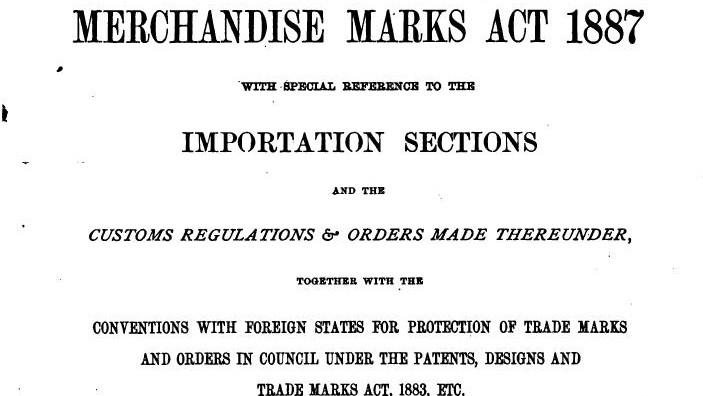What drives regional disparities in industrialisation in Britain? Using an innovative metric for mechanisation, LSE undergraduate Nathan Shah revises the narrative of silk and wool manufacturing in 19th century Britain. His findings suggest the mechanisation of the silk industry was later than previously thought and cannot explain the reorientation of the industry northwards in the first half of the 19th century. He argues anti-competitive regulations, not technological change, were responsible for this shift.
In today’s Britain, the narrative around regional inequality is one-sided. London and the South-East continue to outpace the growth of other regions, led by an internationally competitive services industry. In today’s economic landscape, the idea of an innovative industry moving North would be surprising. However, this is exactly what happened in the British silk industry in the 1830s.
Historians have traditionally argued that the silk industry moved because of its early mechanisation. My project examines this argument by comparing horsepower in wool and silk factories across Lancashire and Cheshire. My results suggest the introduction of anti-competitive regulations – the Spitalfields Acts – is a more likely explanation for this transition.
In the first half of the 19th century, the textile industry was the most dynamic sector of the British economy. Wool, cotton, and silk were all on the cusp of their own mechanical revolutions. Prior to the move north, Spitalfields in London was the dominant centre in silk manufacturing, centred on a distinctly labour and skill-intensive manufacturing process.
Mechanisation was at odds with this style of production. The power loom threatened to lower the level of skill and labour needed to produce silk textiles. Because of this, historians have generally argued the North’s greater ability to adapt to mechanisation, alongside global markets that were increasingly demanding cheaper, lower quality, mass-produced silk, was the reason the Northern silk industry overtook the South in the first half of the nineteenth century.
When making this argument, historians tend to date the widespread mechanisation of silk to between 1820 and 1830. Wool is thought to have mechanised more slowly, in the middle of the nineteenth century. My research measures the level of mechanisation in woollen and silk factories in the late 1830s. I find silk was mechanised two decades later than previously thought. This means the early transition Northward needs another explanation.
I measure mechanisation using a series of reports on British factories conducted following the 1830 Factories Act aimed at curbing child labour. They reveal the number and age of the workers in textile factories as well as the amount of water and steam horsepower present across the factories. Earlier researchers have focussed on the total number of machines as their metric for mechanisation. I improve on this by calculating the horsepower present in the factories relative to the number of workers.

Y-axis: Horsepower Intensity*
*Horsepower Intensity is calculated using total horsepower divided by total workers (weighted by their ages).
Authored in 1835 and 1838, the reports should have shown the silk industry ramping up its use of machinery and wool lagging severely behind. In fact, they show the exact opposite. Across both Lancashire and Cheshire, the horsepower available per worker in wool dwarfed that in silk. Beyond the averages, every sizeable woollen factory in the data had greater horsepower potential than the silk factories.
Since silk mechanisation was too late to be responsible for the northern shift in production, an alternative explanation is needed. The introduction of the “Spitalfields Acts” after 1773 is the most plausible cause. In the late eighteenth century, a series of laws were imposed on the London silk industry, artificially setting prices for work and creating tariffs that rendered the London silk industry uncompetitive.
While the Acts were finally refuted in 1824, prominent classical economists such as Ricardo believed they had caused irreparable damage to Spitalfields silk manufacturing. Recent historical consensus argues the Acts had a marginally negative impact. However, with a later timeline for mechanisation, the Acts remain one of the few salient factors that impacted the Northern and Southern silk industries differently in this period, suggesting they were more important than previously realised.
The implications of these results are not confined to the history of textiles, they also provide insights for important debates around the timing of the Industrial Revolution and the measurement of mechanisation. By adopting a more sophisticated metric – horsepower per person – we can more accurately reveal the timeline of the Industrial Revolution. This approach should be used to measure mechanisation in other industries as well.
The impact of the Spitalfields Acts highlights the potential for regulations to reduce regional competitiveness in the way that Ricardo thought. The unintended consequences of local regulations for economic development suggest policy makers need to be careful in setting different rules in different regions, an issue which is significant for contemporary Britain.




